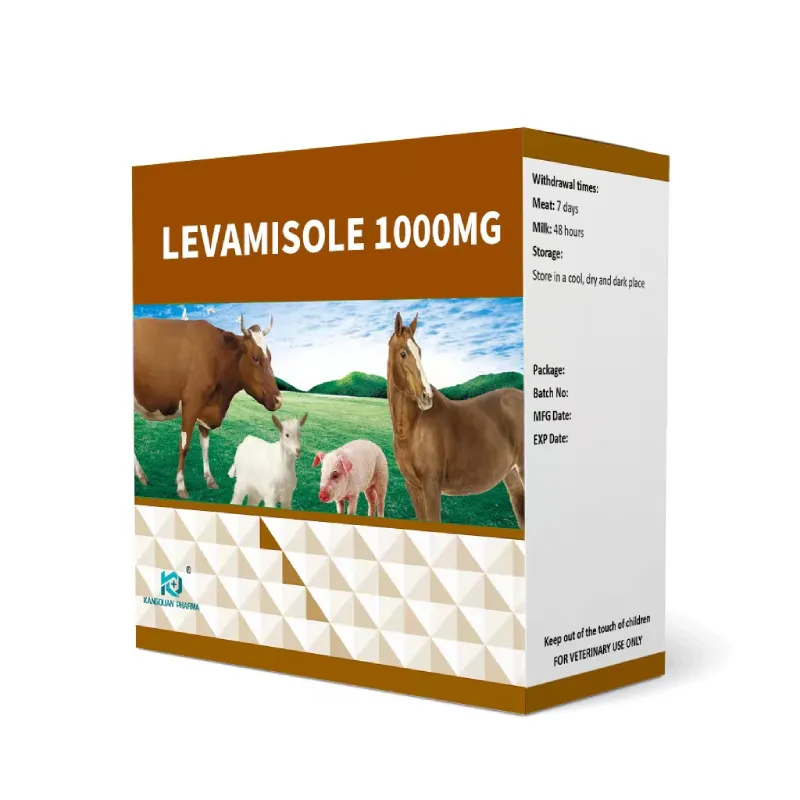- Afrikaans
- Albanian
- Amharic
- Arabic
- Armenian
- Azerbaijani
- Basque
- Belarusian
- Bengali
- Bosnian
- Bulgarian
- Catalan
- Cebuano
- Corsican
- Croatian
- Czech
- Danish
- Dutch
- English
- Esperanto
- Estonian
- Finnish
- French
- Frisian
- Galician
- Georgian
- German
- Greek
- Gujarati
- Haitian Creole
- hausa
- hawaiian
- Hebrew
- Hindi
- Miao
- Hungarian
- Icelandic
- igbo
- Indonesian
- irish
- Italian
- Japanese
- Javanese
- Kannada
- kazakh
- Khmer
- Rwandese
- Korean
- Kurdish
- Kyrgyz
- Lao
- Latin
- Latvian
- Lithuanian
- Luxembourgish
- Macedonian
- Malgashi
- Malay
- Malayalam
- Maltese
- Maori
- Marathi
- Mongolian
- Myanmar
- Nepali
- Norwegian
- Norwegian
- Occitan
- Pashto
- Persian
- Polish
- Portuguese
- Punjabi
- Romanian
- Russian
- Samoan
- Scottish Gaelic
- Serbian
- Sesotho
- Shona
- Sindhi
- Sinhala
- Slovak
- Slovenian
- Somali
- Spanish
- Sundanese
- Swahili
- Swedish
- Tagalog
- Tajik
- Tamil
- Tatar
- Telugu
- Thai
- Turkish
- Turkmen
- Ukrainian
- Urdu
- Uighur
- Uzbek
- Vietnamese
- Welsh
- Bantu
- Yiddish
- Yoruba
- Zulu
lis . 16, 2024 05:53 Back to list
tylosin injection
Tylosin Injection Overview, Uses, and Considerations
Tylosin is a macrolide antibiotic closely related to erythromycin, and it is primarily utilized in veterinary medicine. Its primary function is to treat bacterial infections in livestock and poultry, making it an essential medication in animal husbandry. This article will delve into the specifics of tylosin injection, including its uses, administration, precautions, and potential side effects.
Overview of Tylosin
Tylosin is derived from a strain of Streptomyces, a type of bacteria found in soil. It particularly targets certain bacterial infections, especially those caused by gram-positive organisms. The drug is effective against a range of pathogens and is used extensively to promote health in animals, thus enhancing overall productivity in animal farming.
Uses of Tylosin Injection
Tylosin is primarily deployed to treat various respiratory infections, enteritis, and other bacterial diseases in small and large animals. In poultry farming, tylosin plays a crucial role in preventing and treating conditions such as chronic respiratory disease (CRD) and necrotic enteritis. When administered as an injection, tylosin can rapidly reach therapeutic levels in the bloodstream, providing timely treatment for acute infections.
Moreover, tylosin is used to promote growth in livestock, as it is believed to improve feed efficiency. By mitigating subclinical infections, tylosin helps in enhancing weight gain and overall health, significantly benefiting the agricultural sector.
The injection can be administered intramuscularly or subcutaneously, depending on the animal's size, age, and the specific illness being treated. The frequency and dosage of tylosin injection may vary based on the veterinary recommendations, the severity of the infection, and the species being treated.
Administration of Tylosin Injection
tylosin injection

Proper administration of tylosin injection is crucial for its effectiveness. It is essential to follow a veterinarian's guidelines to ensure the correct dosage and method of administration. The injection site should be cleaned and disinfected before use to prevent any potential infections.
Depending on the treatment protocol, the duration of tylosin therapy may range from a few days to several weeks. It is vital for veterinarians to monitor the animals for any signs of treatment failure or adverse effects during and after the therapy.
Precautions and Considerations
While tylosin is generally considered safe when used as directed, several precautions must be taken into account. First and foremost, tylosin should not be administered to animals that are hypersensitive to macrolide antibiotics. Additionally, caution is advised when using tylosin in animals with liver dysfunction, as the drug is metabolized in the liver.
Furthermore, tylosin has been reported to exhibit some degree of cross-resistance with other macrolides, which may have implications in veterinary and human medicine. Therefore, it is essential that tylosin is used judiciously to minimize the risk of developing antibiotic resistance. It is also crucial to adhere to withdrawal times before sending treated animals to market, as residual antibiotic levels could affect both food safety and human health.
Potential Side Effects
Although adverse effects are uncommon, tylosin can induce certain reactions in susceptible animals. Potential side effects include allergic reactions, gastrointestinal disturbances, such as diarrhea or vomiting, and lethargy. If any severe reactions occur, it is imperative to contact a veterinarian immediately for advice on how to proceed.
In conclusion, tylosin injection is a valuable tool in veterinary medicine, aiding in the management of bacterial infections and promoting the healthy growth of livestock and poultry. However, it is important for animal handlers, farmers, and veterinarians to utilize this antibiotic responsibly. By adhering to recommended dosages, monitoring for adverse effects, and being aware of potential interactions, we can ensure that tylosin remains an effective treatment option while safeguarding animal health and addressing the challenges of antibiotic resistance in the veterinary field.
-
Guide to Oxytetracycline Injection
NewsMar.27,2025
-
Guide to Colistin Sulphate
NewsMar.27,2025
-
Gentamicin Sulfate: Uses, Price, And Key Information
NewsMar.27,2025
-
Enrofloxacin Injection: Uses, Price, And Supplier Information
NewsMar.27,2025
-
Dexamethasone Sodium Phosphate Injection: Uses, Price, And Key Information
NewsMar.27,2025
-
Albendazole Tablet: Uses, Dosage, Cost, And Key Information
NewsMar.27,2025













